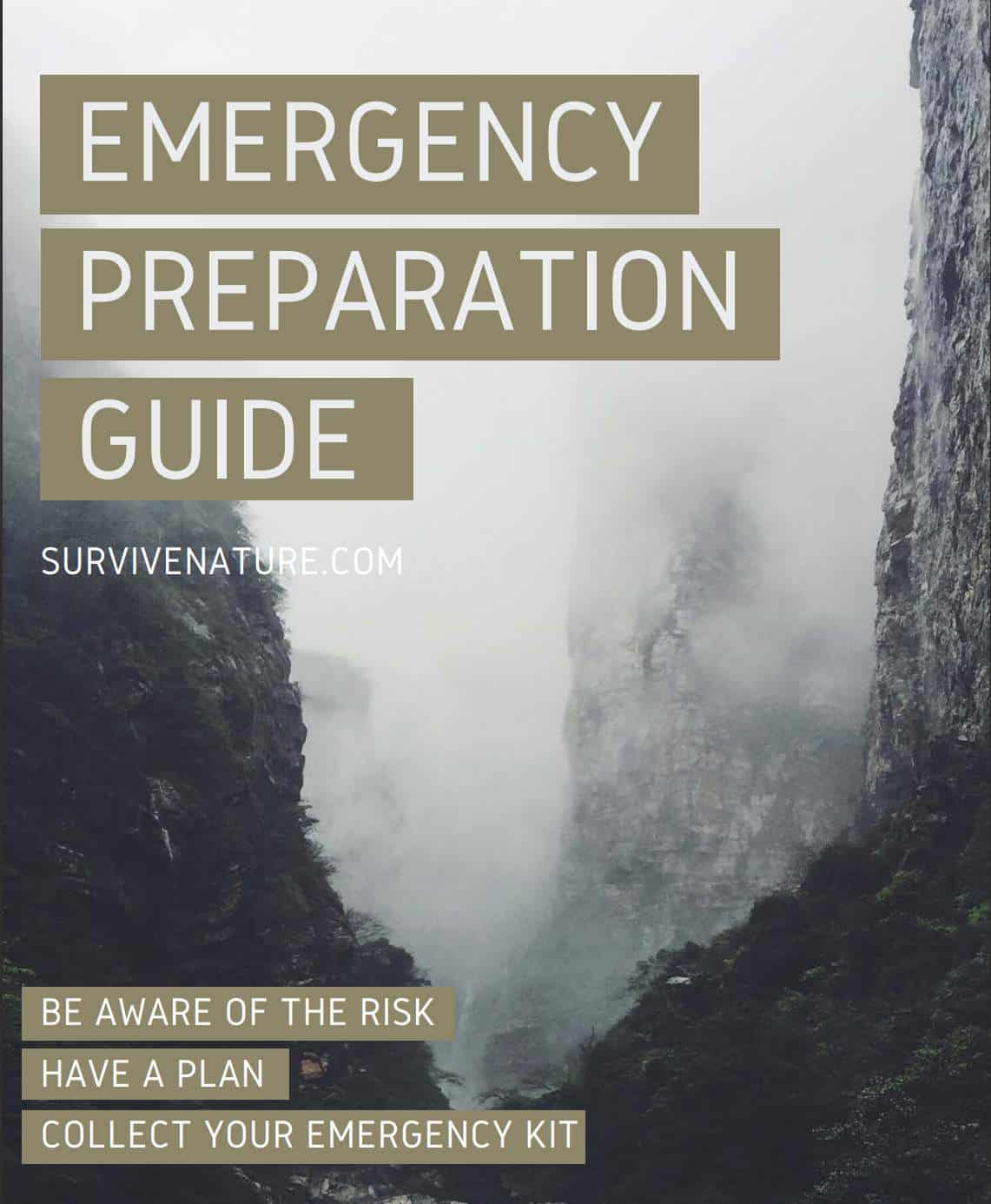Every survivalist knows that having any type of knife in their bug-out bag is beneficial and essential to tell you the truth. Knives are utilized to cut the rope, prepare food, and even defend you and your family from enemies. In other words, when SHTF, it is undoubted that survival knives are are must-have items of a well-packed and ready-for-everything survival backpack!
But when your knife is blunt, it’s, basically, useless. That is exactly why one should know how to sharpen knives to get than razor-sharp! While sharpening steel knives is almost every day for all of us, things get tougher with ceramic blades. They are very tricky to sharpen.
And ceramic survival and camping tools are, in fact, the worst ones in the cutlery industry, and although many people like to use them for cooking purposes, I don’t really like them. So, in case you did not buy any ceramic knife blades yet, don’t do that! There are many benefits and drawbacks of ceramic knives. But the same goes for any steel knife!
Yet, steel knives were proven to be great survival gear items throughout history. And as for the ceramic and plastic knives, over the past decade, we have been overwhelmed with ads about the latter, which are promoted as the ‘best ones.’ Still, ceramic knives were promoted with a foolish marketing promise that they would never get blunt: obviously, we know this is unreal. The thing is that ceramic tools (utilized in cutlery) are mainly created with the zirconium, also known as Zirconia. Learn more about scandi grind in our detailed guide.
This material has some advantages, but not in the case of ceramic knives. Everyone, who has already used ceramic knives, may prove it.
The Hidden Dangers of Sharpening Ceramic Blades
As already mentioned, some issues might arise while sharpening ceramic knives when one has insufficient skills for survival. This is all due to the fact that they are very brittle and fragile. So, a simple sharpening with a sharpening rod will not work out.
It does not take much time and effort to break a knife blade. In this way, in case you happen to sharpen a ceramic knife, you should acknowledge that it might be fatal to put extra pressure on the blade. It might get cracked, or it even might be snapped in half. And this is not the result we desire to get, right? Interesting article about scandi grind sharpening style on our website.
And in case you have sharpened some other knife blades in the past and rely on your experience, then all of your techniques most probably will not work out with the ceramic knives. Such knives are totally afraid of pressure, just like glass. Moreover, while sharpening knives that are made of ceramics, no burrs are formed. The reason for that is ceramics are not made of plastic; therefore, the sharpness of the knife blade and edge will depend solely on the final grain of the edge and the precision of your movements.
How to Sharpen Ceramic Knives: A Rule of Thumb
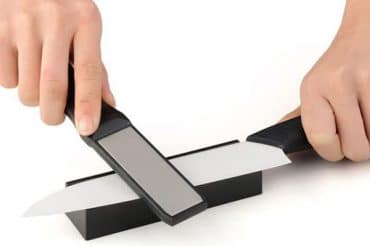
Speaking about the movements themselves, there is no huge difference in moving your fingers up or down before sharpening the ceramic knife. As for me, I prefer moving my fingers from top to bottom. But that is just the thing that I favor – not a rule. In any way, the knife will get sharp regardless of your movements: from top to bottom, from bottom to top, only going downward, or only sharpening the ceramic knife in an upward manner. A sharper angle of the survival sharpener will lead to a sharper knife for a little while until the edge chips off in your food and breaks into small chips.
So, remember. Smooth and slight movements, with very light pressure – and that’s all for the technique. Stropping is another technique. But this requires way too much effort and patience, so that I would stick to the above-described technique.
Do not forget to put your tool in the protective sleeve (not in the same cupboard as other knives). This way, the knife will stay sharp for a bigger time period.
Remember about the general knife sharpening rules: not putting too much pressure on the knife-edge and blade laterally and wear cut-resistant gloves.
How to Sharpen Ceramic Knives: the Thing You Should Never Do
Let us start with the things that you should never do while working with ceramic knives. The picture below shows what you should never do at all costs.
As we have already covered, never put too much pressure on the blade sideways. With this kind of movement, you will feel that you are not putting any pressure at all, yet a slight strong touch, and here it is – your broken ceramic knife. So, look at the picture ones again and make sure to never position your hands like this, as it is too risky.
Tools You Can Use For Sharpening a Ceramic Knife
1. Diamond stones
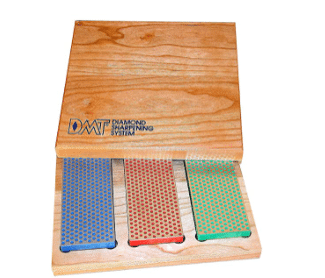
To tell you the truth, you can use any kind of professional knife sharpener to make ceramic knives sharp. But the diamond sharpeners are hard and firm, and, therefore, you will spend less time and effort to make sharp knives. This implies that one will restore the sharpness of the ceramic knife very quickly and efficiently. With the diamond sharpening tool, you would not be eager to put a little bit more force, and you will not eventually break the fragile ceramic knife.
When you have found a fine diamond sharpener, it is time to start with the 200 grit diamond if there are large chips. Then, throughout the process, you should use the diamond size of 600, 1000, and ultimately 1500.
2. Waterstones
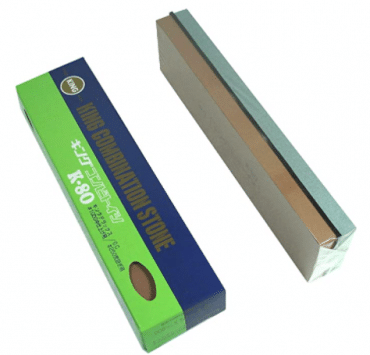
3. Regular options
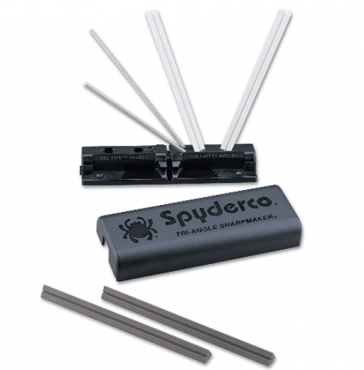
To sum up, all in all, ceramics are not the best tools for me. But the edge retention will be much greater, and the blade will be sharp for quite a long time period if you plan to use the ceramic knives. Sharpening a ceramic knife is hard, yet with the proper techniques, it is surely possible.
Frequently Asked Questions (FAQ)
Do you need a special knife sharpener for ceramic knives?
While steel knives and metal knives remain sharp for a really long time, things are different with ceramic knives. There are several options on how to sharpen a ceramic knife: with a manual knife sharpener, with a diamond sharpening wheel, and other diamond sharpeners (the ceramic knife sharpeners with a diamond stone), or with some electric knife sharpeners (an electric knife sharpener will help to sharpen ceramic cutlery, in case it has a diamond abrasive).
Nonetheless, many specialists say that such a hard material as ceramic can be sharpened only with the help of diamond surface sharpening stone (or a powered diamond wheel).
Why are ceramic knives so sharp?
Each ceramic knife is sharp due to its ceramic blade. The ceramic knife blade is harder than steel knife, and they are more delicate than metal knives. The main benefit of the ceramic blade is that it does not curl. That is why a ceramic knife is best for slicing foods, dicing vegetables. So, it is one of those kitchen knives.
Do ceramic knives get sharpened?
It is pretty easy to answer this question. Yes, indeed, sharpening ceramic knives is an essential thing for every survivalist. Such material as ceramic is tough and firm; that is why in most cases, a diamond sharpener is required to sharpen ceramic knives. To tell you the truth, such knives are incredibly brittle, so that is why it would be great to get them sharpened professionally in a sharpening service.


